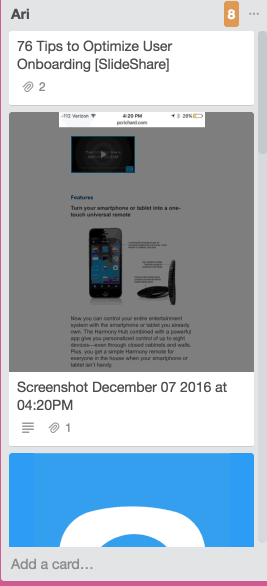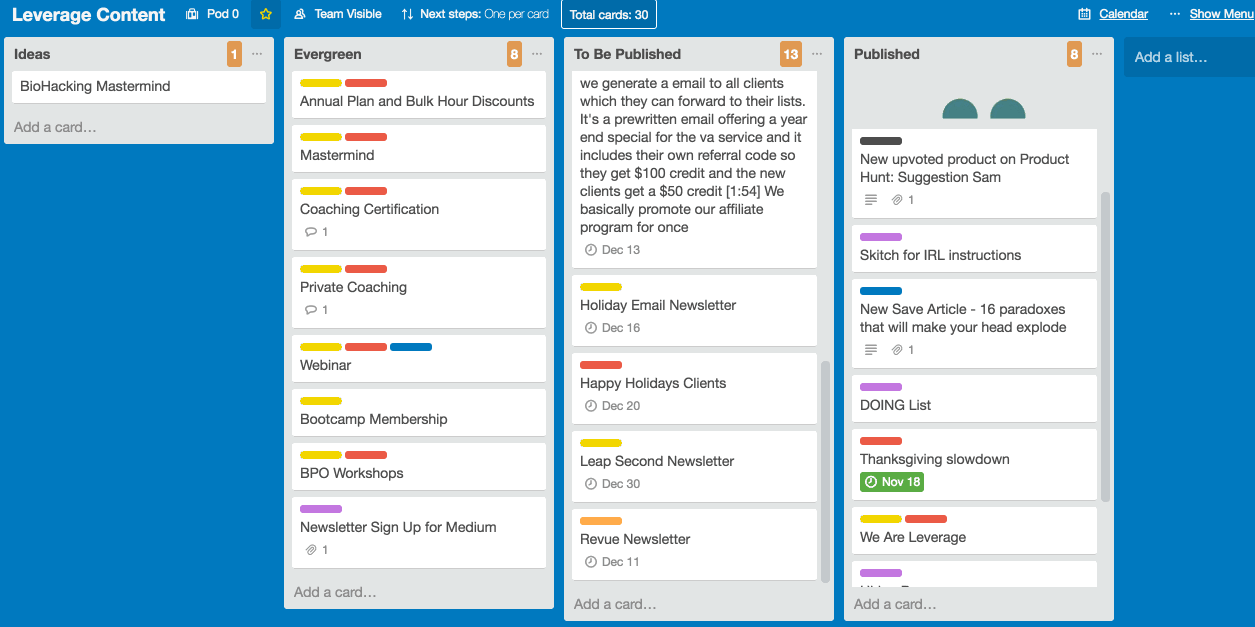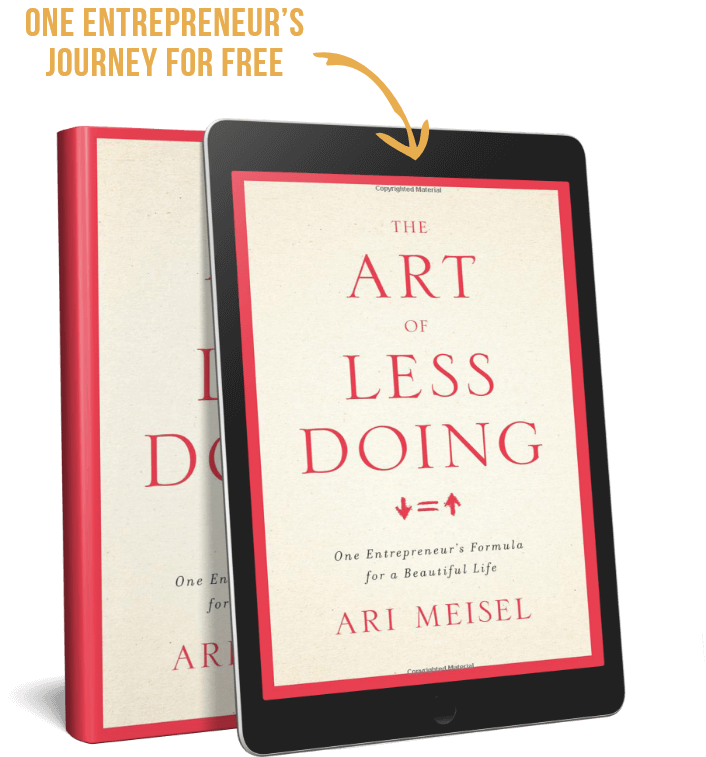Did Sharon give up her Pall Malls? Did Connie finally swear off chocolate and gin? What about Bert? Those thirty extra pounds he’d gained since leaving the Army, did he lose them?
Guess what?
Our parents and grandparents were no better at sticking to Mel Torme-induced, whiskey sour-soaked resolutions than we are.
It’s not a generational thing, it’s a mindset thing.
In fact, did you know that only 8% of people actually achieve the New Year’s Resolutions they set for themselves? This is often because most of our goals are not actually achievable and we have no real plan to accomplish them. So we smoke, drink, eat, fail, over and over again.
At Less Doing, we believe in setting small, achievable, and effective micro-goals.
So instead of “write book”, you can “write 500 words each day”.
Instead of “get better sleep”, your goal could be “turn of all screens at 8pm”.
Rather than, “lose forty pounds, the intention can be, “no sugar after dinner.”
Here’s a video I did recently that may help explain this better.
So, dream big, but fill each day with small productive wins. Take the stairs once, instead of the elevator. Make one call you don’t want to, compliment a coworker you dislike. Forgo Netflix for one chapter of a book before bed.
The successes will build up slowly but naturally, will alter your perspective in a truly positive way and provide a really strong foundation for progress.
Now, isn’t that a whole lot more productive?




